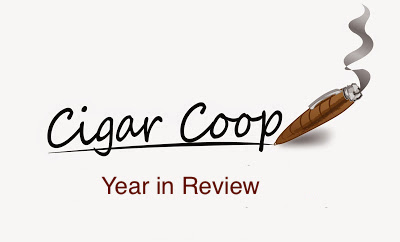
The Performance Rankings were introduced in 2012 as a statistical analysis based on the average numerical score of all cigars assessed on Cigar Coop. Originally this was done by brand, but last year was expanded to include Country of Origin and Vitola Today we slice this data by Country of Origin. This is not meant to be necessarily an award, but a look at how scoring went, and what can we learn from it.
For 2016, a total of 243 (down from 247 in 2015) cigars were considered for this analysis.
We used the following criteria to implement this:
- The cigar must have its scored published during the 2016 Cigar Coop Cigar Year that ran from November 27, 2015 to November 24, 2016.
- All cigars scored were eligible regardless of release date. The goal here is to see how the brand performed during the Cigar Coop Cigar Year.
- The majority of the cigars smoked are from the Dominican Republic, Honduras, and Nicaragua. As a result these three countries have a significantly larger sample set than other cigar producing countries. As a result, the sampling data has been divided into two groups – small and large.
- Countries where there was not a country of origin specified are not included.
Large Sampling Data > 20 Cigars
| Rank |
Country |
Avg Score # of Cigars (2016) |
Avg Score # of Cigars (2015) |
Difference |
| 1 | Dominican Republic | 91.44 (83) | 91.27 (93) | 0.17 |
| 2 | Nicaragua | 90.62 (115) | 90.73 (100) | -0.11 |
| 3 | Honduras | 90.3 (21) | 90.29 (28) | 0.04 |
Small Sampling Data <= 20 Cigars
| Rank |
Country |
Avg Score # of Cigars (2016) |
Avg Score # of Cigars (2015) |
Difference |
| 1 | Costa Rica | 91.55 (11) | 91.43 (7) | 0.12 |
| 2 | United States | 91.25 (8) | 91.75 (8) | -0.50 |
| 3 | Mexico | 91 | —- | — |
| 4 | Brazil | 90.0 (8) | 87.0 (8) | 3.00 |
Assessing the Results
- The big observation is how close the scoring was by Country of Origin between 2015 and 2016. In fact there was not a huge difference in the amount of cigars smoked. Throwing out Brazil and Mexico which each only had one cigar assessed, the scoring in the smaller data set was even close.
- The Dominican Republic once again beat out Nicaragua for the second year in a row. This year the gap between the two countries widened in favor of the Dominican Republic. Last year the gap was 0.54. This year the gap was 0.82. A strong year by Davidoff can be considered a contributing factor here.
- Technically Costa Rica was the winner of the average score, but 11 cigars is still ultimately too small a set. Much of Costa Rica’s strength was done because Bombay Tobak (who makes its cigars in Costa Rica) had a very strong year on Cigar Coop.
- Mexico and Brazil are included for completeness, but only one cigar from each of these countries was assessed.
- Like last year, one can argue with only 281cigars reviewed from Honduras compared to 100 from Nicaragua, that Honduras didn’t have enough sampling data for an apples to apples comparison. At the same time, the sample set was significantly more than the U.S. and Costa Rica. Ultimately rather than create a middle category, I chose to put it with the Larger Sampler.




January 10, 2017 @ 10:32 am
Love the stats. Thanks Coop. Maybe not possible but I would like to see these results from a large sample of reviewers. As it stands, I think it reveals your country of origin preference more so than it does which country is putting out the best cigars (but I understand your reviews/results are all you can go by).
January 10, 2017 @ 1:22 pm
I would think that there would be multiple sites willing to provide data. I think you’d have to split the average score by site as not all sites use the same scoring system and the ones that do may not use it the same way.
January 10, 2017 @ 3:04 pm
Sounds possible! Don’t know if it would ever happen but would love to see it.
January 10, 2017 @ 7:38 pm
It’s a fair and accurate comment on what these statistics represent. It’s interesting because some of the other categories for performance ratings are a little different as you will see this week. Hopefully one day we can get to a point where we collect data like this. It’s something on my radar, but to Aaron’s point, it would require a normalization factor.
January 11, 2017 @ 11:44 am
Sorry to circle back, but I wanted to comment on another point you made. Country of origin doesn’t always reference the tobacco used in the cigar, so I’m not sure it shows a reviewers preference. A cigar can be rolled in Honduras but be a Nicaraguan puro. I would think preference would definitely be something to look at if you’re looking at the tobacco used in the cigars, but that can get muddy based on what the blend consists of.